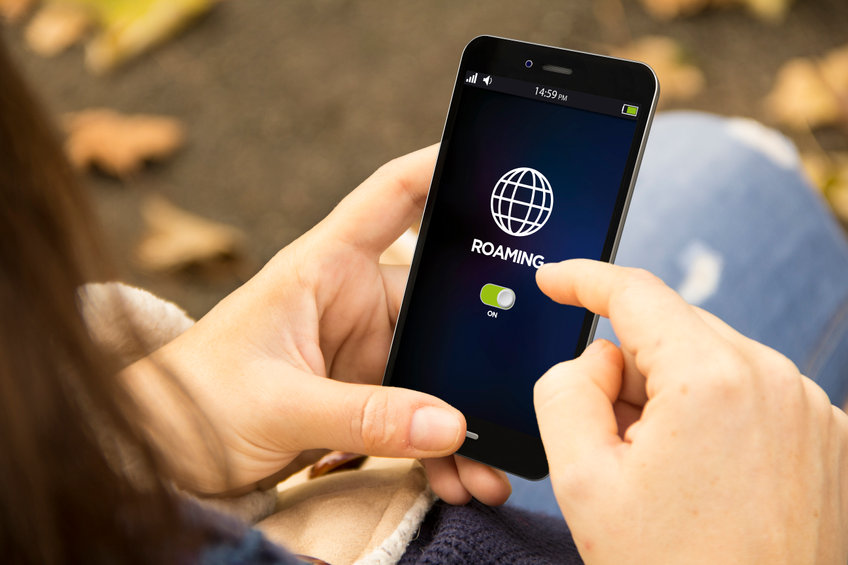There are many reasons to travel these days, but one of the biggest is because it’s fun. There’s nothing better than exploring a new place and learning about its history and culture. You can do this in person or virtually by reading a book or watching TV shows about other cultures. But for some people, there’s no substitute for actually going there.
If you’re one of those people, then you know that one of the biggest hassles of traveling is staying connected. In the past, if you wanted to use your mobile phone while in a foreign country, you would have to swap out your SIM card for a local one. This meant getting a new phone number and not being able to receive calls or texts from your usual contacts.
Thankfully, that’s no longer the case thanks to eSIM technology. With eSIM, you can have a local SIM card in any European country without having to worry about swapping out your SIM card or getting a new phone number.
This will make it easier for you to stay connected while you’re traveling, and you’ll be able to take advantage of local rates and plans.
eSIM technology is already available in a big number of European countries, including the UK, France, Germany, Italy, and Spain. Most of these countries contain the best cities in Europe to visit, so chances are you’ll spend some time in one of these great countries.
So if you’re planning to travel to any of those countries, be sure to bring your eSIM-enabled phone with you so you can stay connected.
And if you’re not sure if your phone is eSIM-enabled, just check with your carrier.
To learn more about eSIM and how it can benefit travelers, read on.
What is eSIM?
eSIM is a new type of SIM card that’s designed for use with electronic devices. Unlike a traditional SIM card, which is a physical card that you insert into your phone, eSIM is an electronic chip that’s embedded in your device.
This means that you can’t swap it out for a local SIM card when you’re traveling, but you also don’t have to worry about getting a new phone number.
How does eSIM work?
eSIM works by connecting your phone to a local carrier’s network. When you’re in a foreign country, your eSIM will automatically connect to a local carrier’s network, which will give you access to their data and voice services.
And since using your eSIM doesn’t require deactivation of your existing phone number, you’ll still be able to receive calls and texts from your usual contacts.
What are the benefits of eSIM?
There are many benefits of eSIM for travelers, including the following:
- You can stay connected without having to worry about swapping out your SIM card or getting a new phone number.
- eSIM is more secure than a traditional SIM card, since you can’t lose it or have it stolen.
- You can take advantage of local rates and plans without having to worry about roaming fees.
- eSIM is available in a big number of European countries, including the UK, France, Germany, Italy, and Spain.
So if you’re planning to travel to any of those countries, be sure to bring your eSIM-enabled phone with you. And if you’re not sure if your phone is eSIM-enabled, just check with your carrier.
What are the disadvantages of eSIM?
There are a few disadvantages of eSIMs for travelers, including the following:
- You cannot place normal phone calls and send traditional sms messages with eSIMs
- Your phone’s battery life may be shorter than usual because of the additional power required by eSIMs
How to use eSIM while traveling in Europe
If you’re planning to travel to a European country, be sure to bring your eSIM-enabled phone with you. When you arrive in the country, your eSIM will automatically connect to a local carrier’s network, which will give you access to their data and voice services.
And since your eSIM works in parallel with your existing phone number, you’ll always be able to receive calls and texts from your usual contacts.
If you’re not sure if your phone is eSIM-enabled, just check with your carrier. They may be able to provide you with a list of eSIM-enabled phones or help you set up eSIM on your current phone.
To learn more about eSIM and how it can benefit travelers, visit your carrier’s website or contact them directly. Thanks for reading!
Author Bio: Kyle Kroeger is the owner of viatravelers.com, a destination travel blog providing the best tips, hacks, and itineraries to help you explore the world. Follow Via Travelers on Instagram, Pinterest, Facebook, and YouTube









